Starting and running a business can be a challenging and rewarding experience, but it also involves making many decisions and taking risks. As with any venture, mistakes are bound to be made along the way. However, by being aware of common tech mistakes businesses make, you can avoid them and increase your chances of success. By avoiding these tech mistakes, you can set your business up for success and make the most of your technology investments. It’s also important to be flexible and open to learning and adapting as your business grows and technology evolves. Here are the top 20 tech mistakes to avoid in your business:
1. Not Having A Clear Plan Or Strategy
Having a clear plan for how you will use technology to achieve your business goals is important. You may use technology appropriately and effectively with a plan, wasting time and resources. Having a clear plan helps you focus on your goals and identify the technology and tools to help you achieve them. It also helps you allocate resources effectively and measure the success of your technology investments. For example, your goal is to increase online sales. In that case, you might create a plan that includes building a mobile-friendly website, implementing an e-commerce platform, and using marketing automation to reach and engage potential customers.
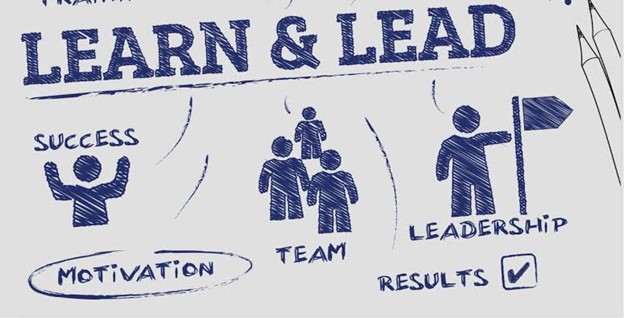
2. Not Keeping Up With Technology
Technology is constantly evolving, and staying current with the latest trends and developments is important. If you keep up, you may take advantage of opportunities to improve your business or be left behind by your competitors. You can stay relevant and competitive in your industry by staying current with the latest trends and developments. However, it’s important to be selective about which trends you follow, as not all new developments will be relevant or beneficial to your business. For example, if you are a retailer and notice that more and more people are shopping online, consider investing in an e-commerce platform or updating your website to make it more mobile-friendly. Suppose you are a small business owner and see that more people are using social media. In that case, consider using platforms like Facebook, Twitter, or Instagram to reach a wider audience and engage with customers.

3. Not Investing In The Right Technology
Choosing the right technology is crucial for your business. Make sure to research and compare different options before making a decision. Don’t be swayed by flashy features or the latest hype – focus on finding technology that will meet your specific needs and help you achieve your goals. The right technology can help you achieve your business goals, improve efficiency, and stay competitive. The right technology can save you time and resources and hinder your progress. When choosing technology for your business, you must consider your specific needs and goals. Don’t be swayed by flashy features or the latest hype – focus on finding technology that will meet your specific needs and help you achieve your goals. It’s also important to research and compare different options before deciding. This might include reading reviews, talking to other businesses in your industry, and testing out different products or services.

4. Not Having A Backup Plan
Accidents and disasters can happen, so it’s important to have a backup plan in place to protect your data and keep your business running. This might include regular backups, disaster recovery plans, and offsite storage. Overall, choosing the right technology is an important investment for your business. By taking the time to research and compare your options, you can find technology that will help you succeed and grow.

5. Not Training Employees On New Technology
If you invest in new technology, ensure proper training for your employees. This will help them understand how to use the technology effectively and get the most out of it. When employees are familiar with new technology, they can use it effectively and efficiently, leading to increased productivity and better business outcomes. Additionally, training employees on new technology can help them adapt to changes in the business environment and stay competitive in their field. It is important for businesses to regularly assess their technology needs and provide employees with the necessary training to stay up-to-date and fully utilize new technologies.

6. Not Securing Your Data
Cybersecurity is a critical issue for businesses of all sizes. Protect your data with strong passwords, security software, and other measures to prevent unauthorized access or breaches. Cybersecurity protects a company’s computer systems, networks, and data from cyber attacks, data breaches, and other online threats. These threats can come from various sources, including hackers, malware, phishing scams, and other online attacks. Businesses of all sizes are vulnerable to cybersecurity threats and need to take steps to protect themselves and their data. This includes implementing strong passwords and authentication measures, regularly updating software and security protocols, training employees to identify and prevent cyber attacks, and investing in robust cybersecurity technologies such as firewalls and antivirus software. Failing to address cybersecurity risks properly can have serious consequences for businesses, including financial losses, damage to their reputation, and legal liabilities.

7. Not Having A Mobile-Friendly Website
More and more people are accessing the internet from their smartphones, so it’s important to have a website that is easy to use on a mobile device. You may lose customers or potential clients if your website is not mobile-friendly. Additionally, search engines like Google have begun prioritizing mobile-friendly websites in their search results, so a non-mobile-friendly website may have a lower ranking and be less visible to potential customers. Therefore, businesses must ensure that their website is mobile-friendly to provide a good user experience and maintain a strong online presence.
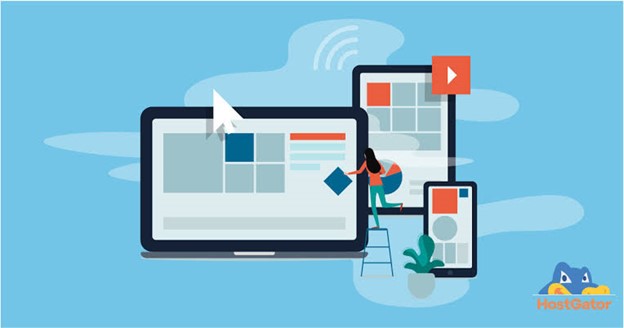
8. Not Using Social Media
Social media can be a powerful tool for businesses. Using platforms like Facebook, Twitter, and Instagram, you can reach a wider audience, engage with customers, and build your brand. However, it is important for businesses to carefully consider their social media strategy and use it in a way that aligns with their overall business goals. This may involve creating a content calendar, identifying the appropriate platforms for their target audience, and regularly monitoring and responding to customer interactions. Social media can be a powerful tool for businesses to connect with customers, drive sales, and build their brand.

9. Not Tracking Your Results
It’s important to track the results of your tech investments to see if they are paying off. This will help you identify what’s working and not, so you can adjust your strategy accordingly. Tracking results using technology can also help businesses identify trends and patterns over time, which can provide valuable insights into the effectiveness of their operations. Additionally, using technology to track results can help businesses improve their efficiency and productivity by identifying areas where automation or other technological solutions might be beneficial. Overall, using technology to track results can be an important tool for businesses to monitor and improve their performance.
![]()
10. Not Having A Website
In today’s digital age, having a website is essential for any business. It’s a key way for customers to find out about your products or services, and it can also serve as a platform for e-commerce and online marketing. First and foremost, a website can serve as a platform for businesses to showcase their products or services, providing information and details to potential customers. This can help businesses attract new customers and drive sales. A website can also provide a way for businesses to connect with customers and potential customers through email newsletters, social media, or other channels. In addition, a website can help businesses establish credibility and professionalism. A well-designed and informative website can help establish a business as a reputable and trustworthy company in the eyes of potential customers. A website can also provide a way for businesses to share their stories and values, helping build a strong brand identity.
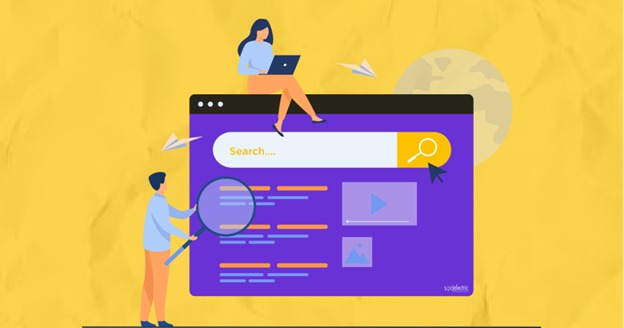
11. Not Optimizing Your Website For Search Engines
If you have a website, it’s important to optimize it for search engines like Google. This will help your website rank higher in search results and make it more visible to potential customers. Optimizing your website for search engines, also known as search engine optimization (SEO), can be an important part of a business’s online marketing strategy. SEO involves making changes to a website and its content to improve its ranking in search engine results pages (SERPs) for relevant keywords.

12. Not Using Email Marketing
Email marketing can be an effective way to reach and engage with customers. Collecting email addresses and sending newsletters or promotional emails can keep your business top-of-mind with your audience. One of the main advantages of email marketing is that it allows businesses to reach a large audience cost-effectively and efficiently. Email marketing campaigns can be targeted to specific segments of a business’s email list, allowing businesses to tailor their messages to specific groups of customers. Additionally, email marketing allows businesses to track and measure the success of their campaigns, allowing them to refine their strategies and optimize their efforts.

13. Not Using Customer Relationship Management (CRM) Software
CRM software can help you manage and track customer interactions and data throughout the customer lifecycle. This can be especially helpful for small businesses that need to keep track of customer interactions and information in one place. CRM software can be valuable for businesses looking to improve customer relationships and drive sales growth. It’s important to choose a CRM system that meets the specific needs of your business and to ensure that it is properly implemented and used by your team.
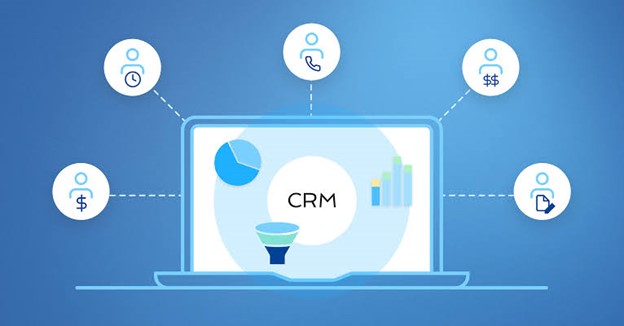
14. Not Using Project Management Tools
Project management tools can help you stay organized and on track with your tasks and deadlines. They can also help you collaborate with team members and clients more efficiently. Many different types of project management tools are available, including agile project management tools, traditional project management tools, and project management software as a service (SaaS) tools. It’s important to choose a tool that meets your business’s specific needs and is easy for your team to use.
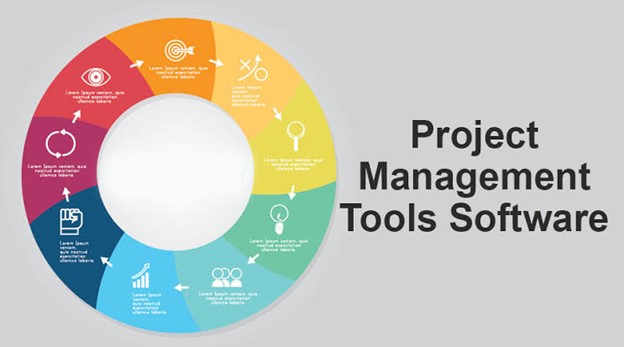
15. Not Using Analytics Tools
Analytics tools can help you track and analyze data about your business, such as website traffic, customer demographics, and sales trends. This can help you make informed decisions about your business strategy. Many analytical tools are available, including business intelligence (BI), data visualization, and predictive analytics tools. It’s important to choose a tool that meets your business’s specific needs and is easy for your team to use.

16. Not Using Cloud-Based Solutions
Cloud-based solutions can help you access your data and applications from anywhere, on any device. This can be especially useful for businesses with employees who work remotely or are on the go. Because cloud-based solutions are typically accessed on a subscription basis, businesses can save on upfront costs such as hardware and software licenses. Additionally, the provider typically handles the maintenance and management of cloud-based solutions, which can save businesses time and resources.

17. Not Using Automation
Automating repetitive tasks and processes can help you save time and resources. This can allow you to focus on more important tasks and grow your business more efficiently. It’s important to carefully evaluate which tasks can be automated in your business and to choose automation solutions that are reliable, efficient, and cost-effective. It’s also important to consider the potential impact on your employees and ensure that any automation is implemented in a fair and respectful way.

18. Not Using Video Conferencing Tools
Video conferencing tools can help you connect with team members and clients remotely, saving time and money on travel. They can also help you build relationships and improve communication with your audience. Many different video conferencing tools are available, including free and paid options. It’s important to choose a tool that meets your business’s specific needs and is easy for your team to use.

19. Not Using Marketing Automation
Marketing automation can help you automate and streamline your marketing efforts, such as email campaigns and social media posts. This can help you save time and focus on other business areas. Marketing automation tools can help businesses segment their audience and tailor marketing messages to specific groups, resulting in more personalized and effective campaigns.
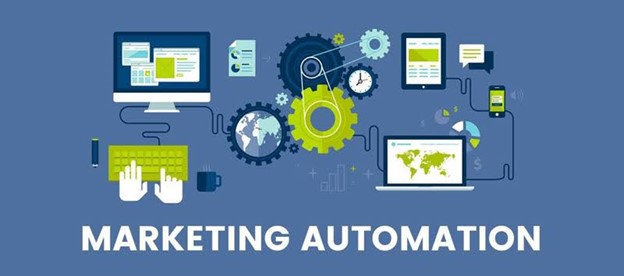
20. Not Taking Advantage Of Online Resources
There are many online resources and tools available to help businesses succeed. These resources can help you learn new skills and stay up-to-date with industry developments, from online courses and webinars to forums and communities. Businesses can use online advertising platforms such as Google AdWords and Facebook Ads to reach targeted audiences and drive traffic to their website.





















